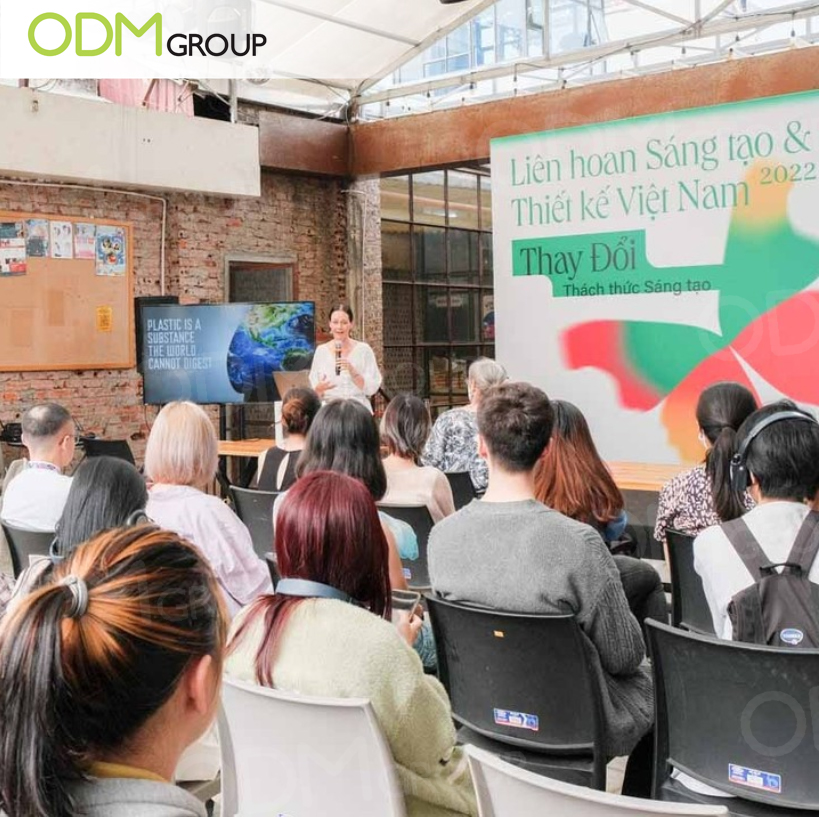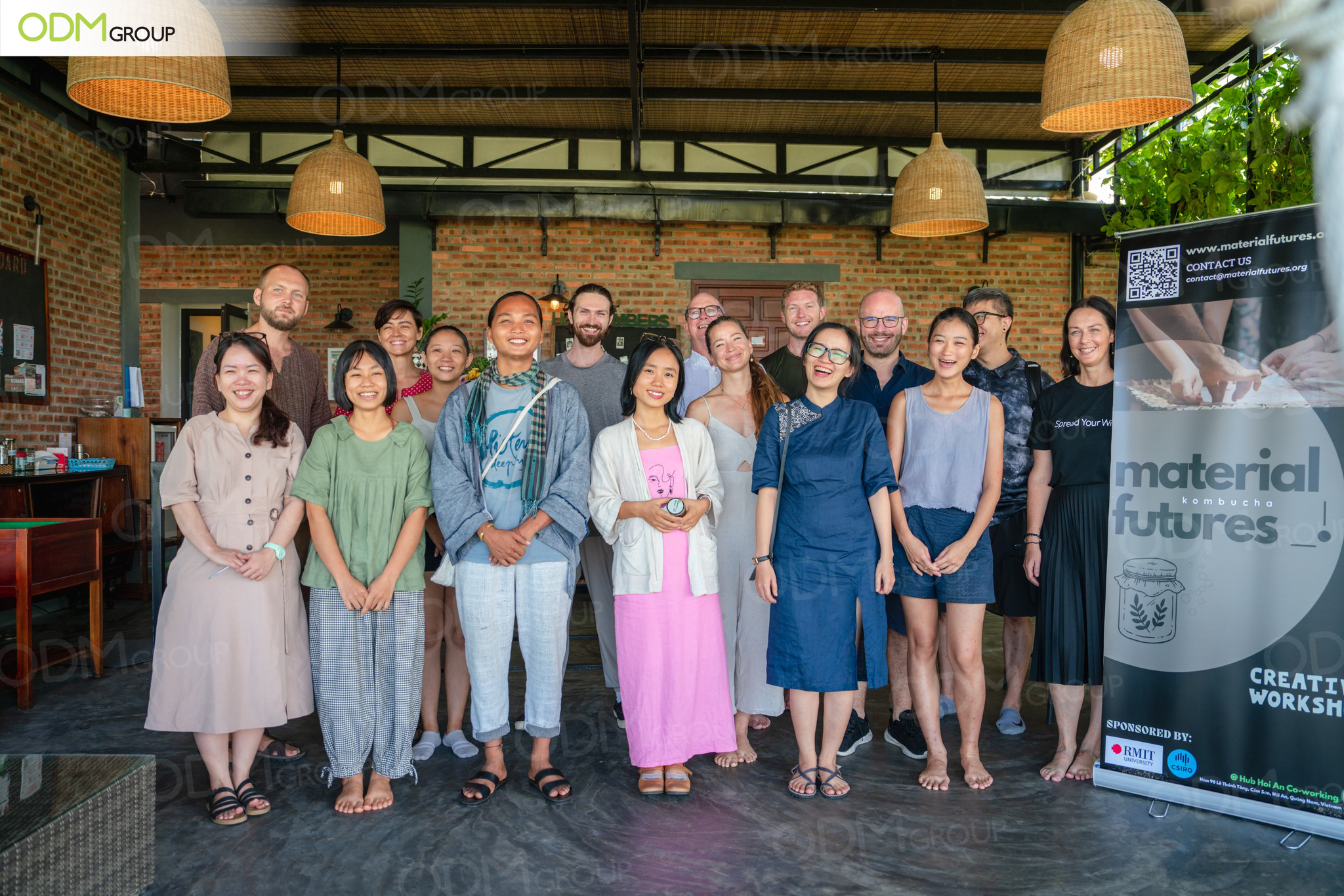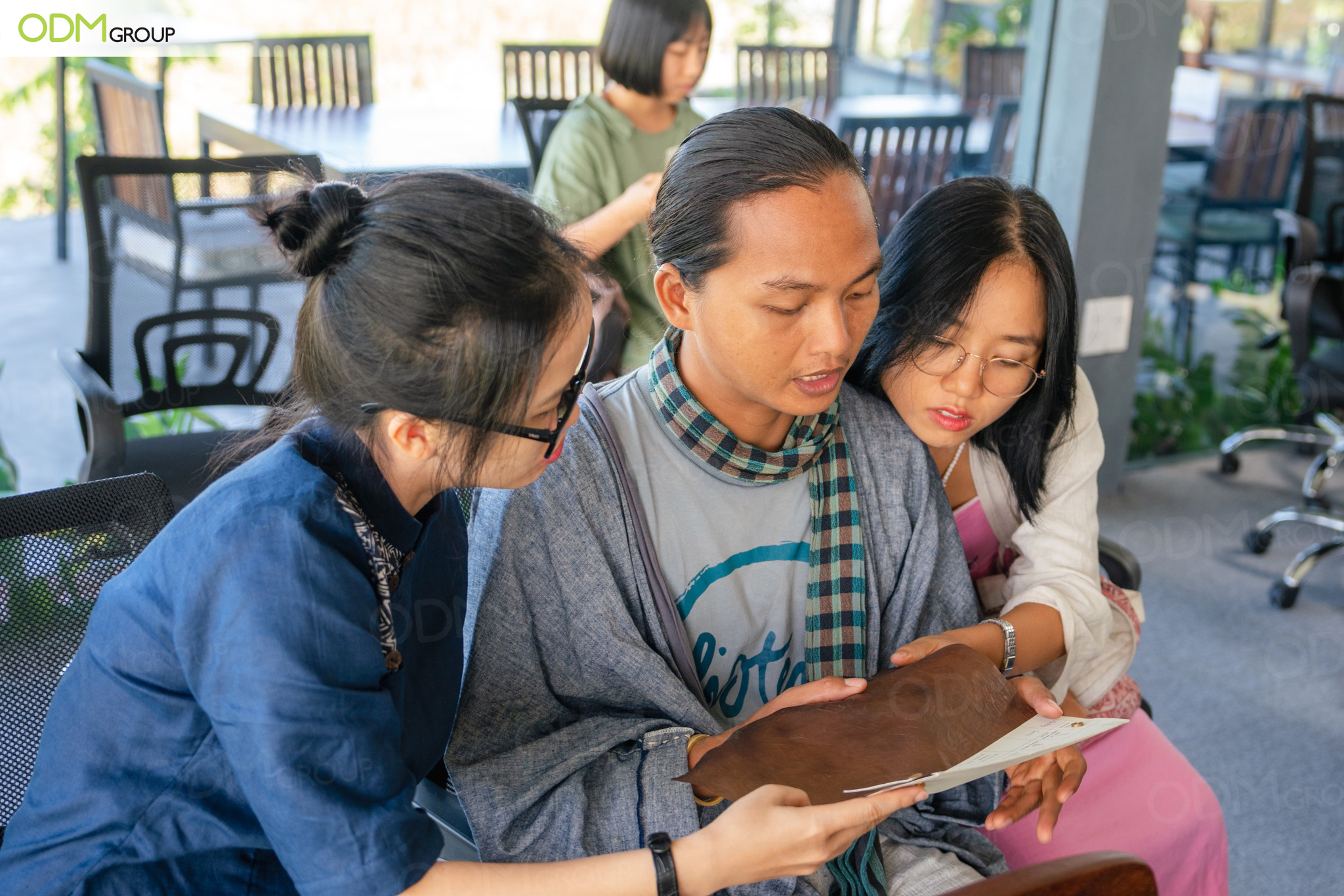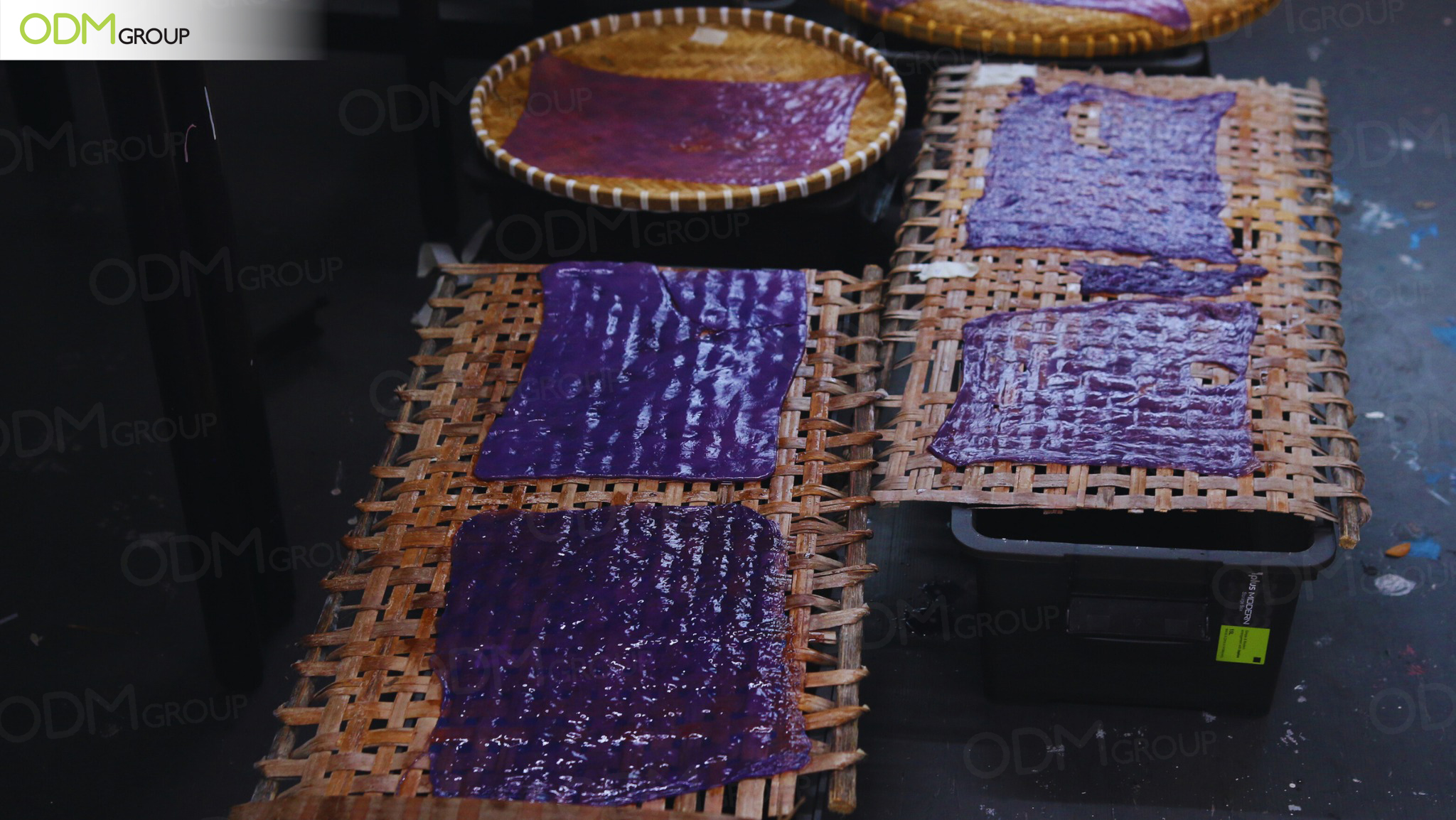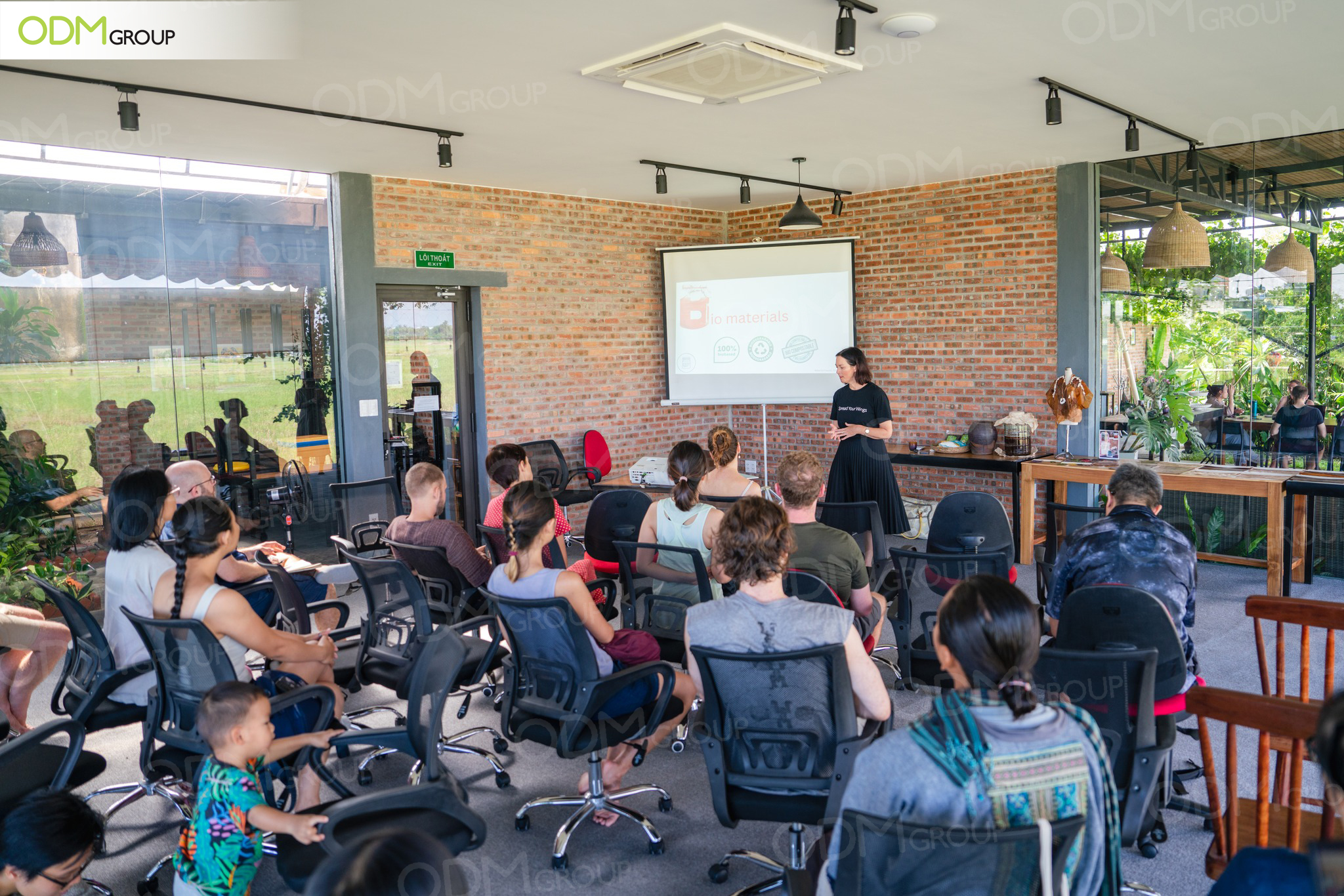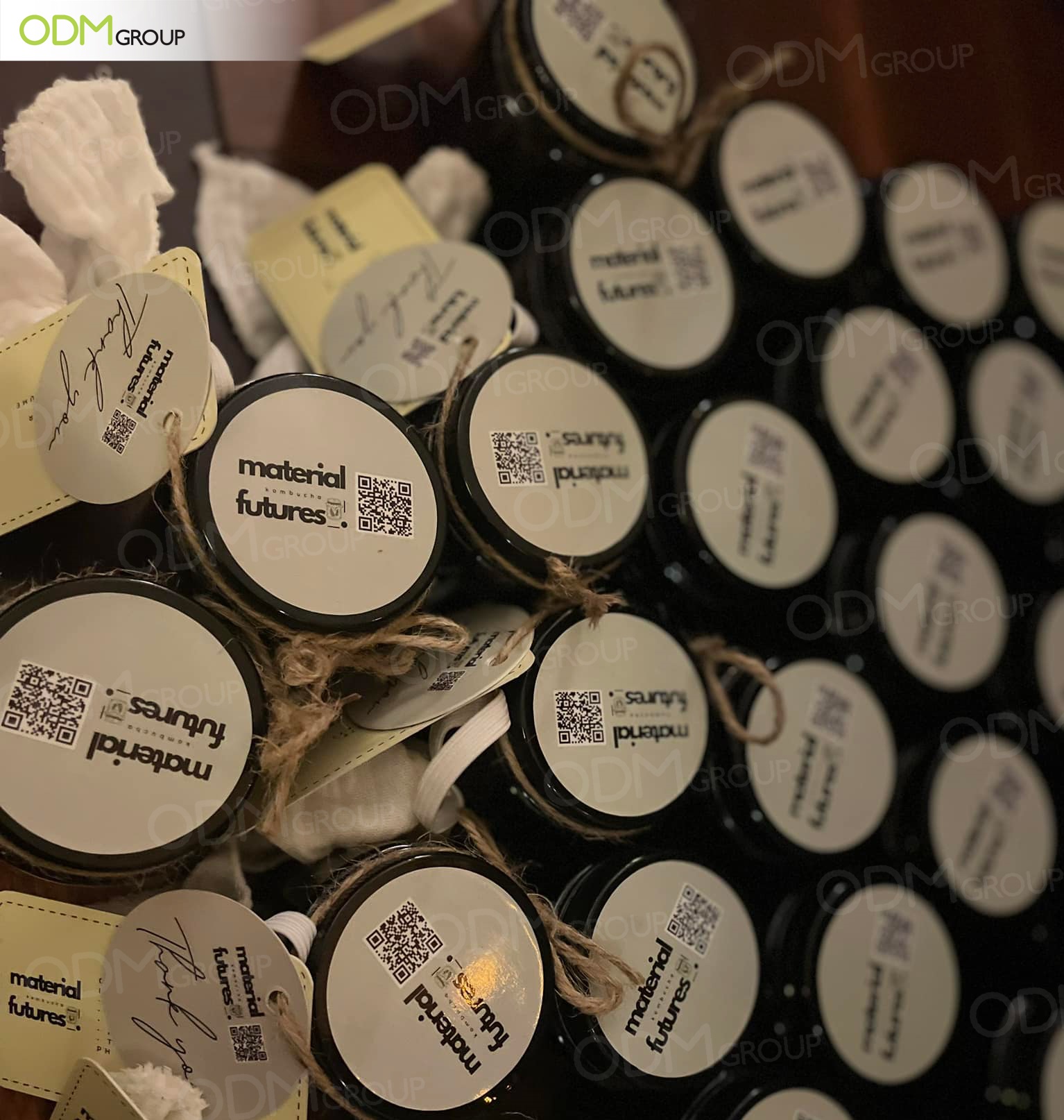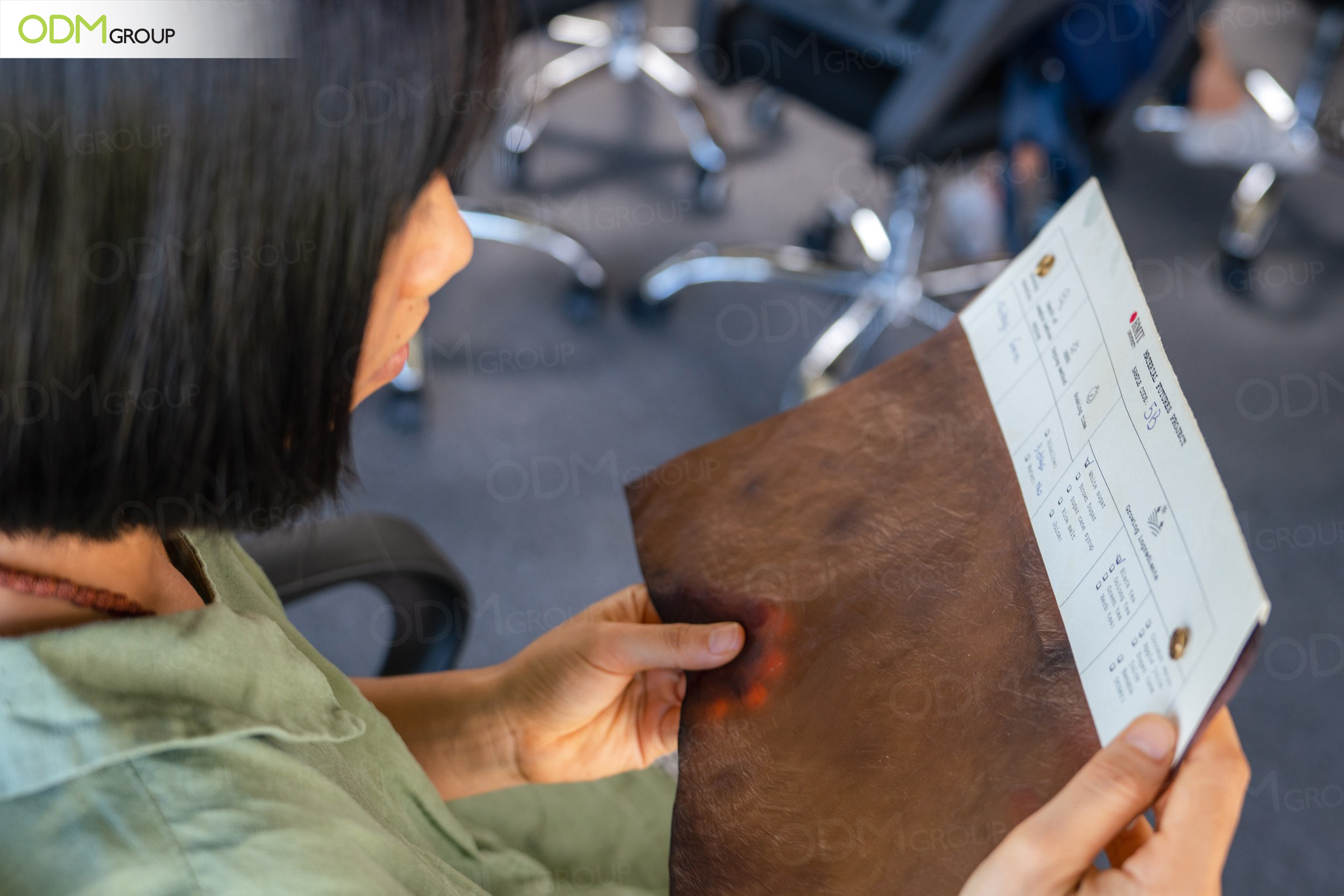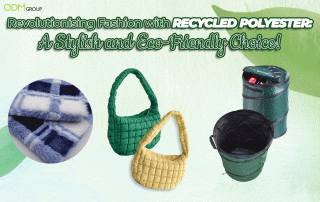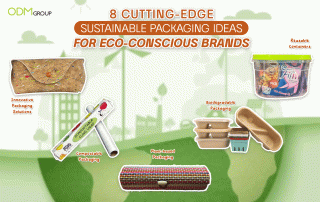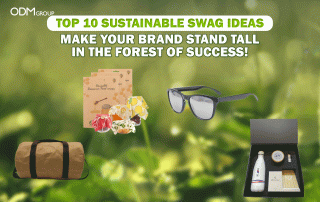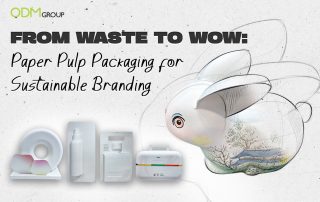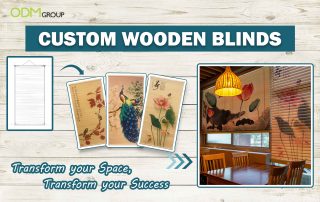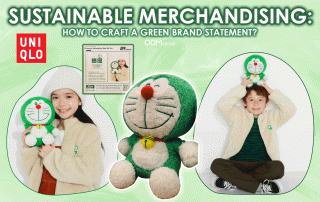As consumers become more conscious of the environmental and ethical consequences of their choices, a demand for sustainable alternatives to traditional materials has surged. Among these alternatives, vegan leather has taken the spotlight as a promising and ethical substitute for animal leather.
Today, we unravel the story of Kombucha leather, an ingenious creation by RMIT Vietnam’s Material Futures group led by Associate Professor Donna Cleveland. If you’re passionate about sustainability and eager to explore cutting-edge alternatives, you’re in for a treat.
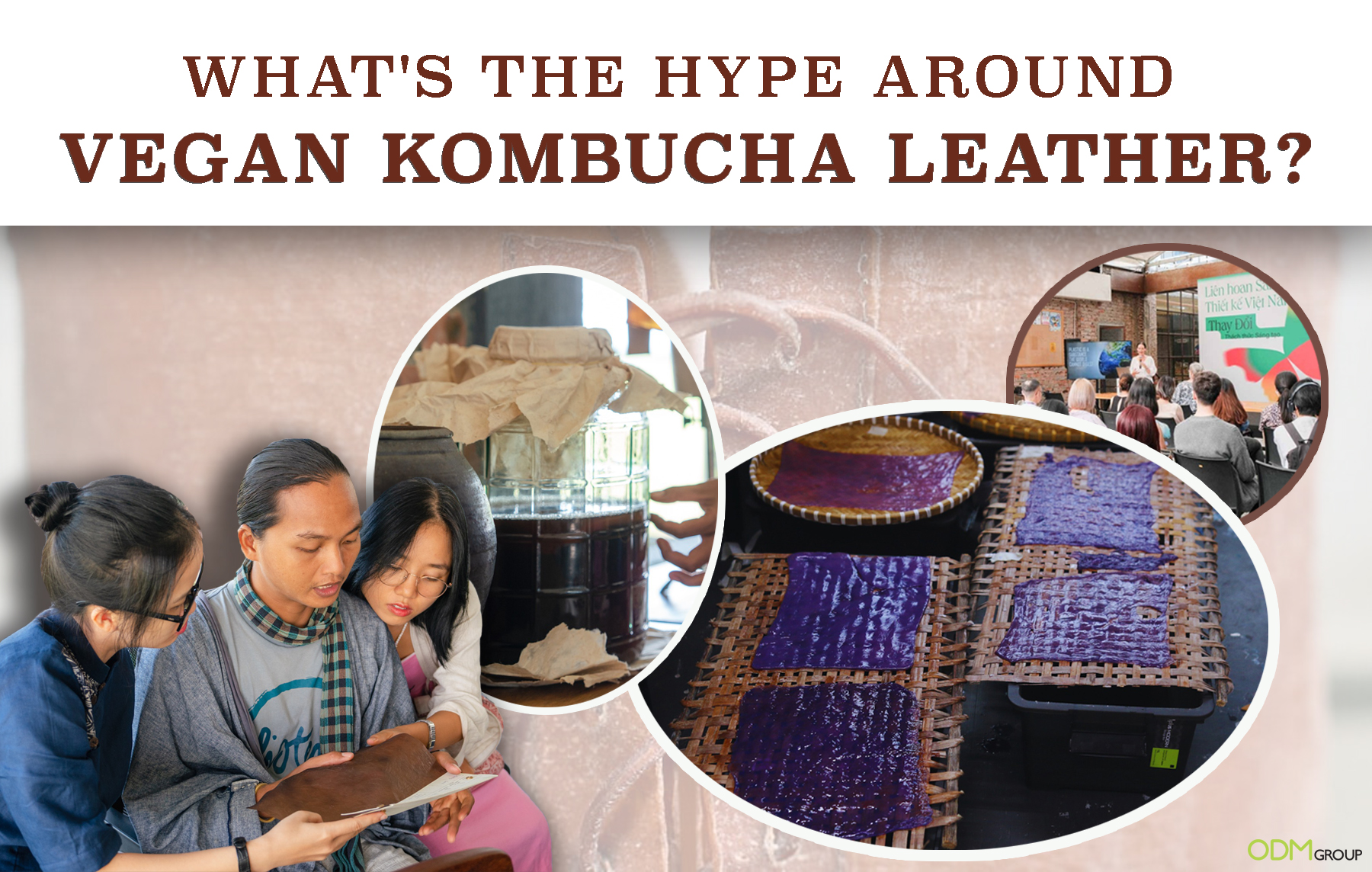
Kombucha and its Backstory
In the realm of experimental fabrication of bacterial cellulose, RMIT Vietnam’s Material Futures group stands at the forefront. Their mission? To push the boundaries of innovation in materials.
The process begins with brewing a mixture of tea, sugar, and a symbiotic culture of bacteria and yeast (SCOBY). Over a period of several days to weeks, this mixture undergoes fermentation, transforming it into a tangy and effervescent drink.
About Material Kombucha
Kombucha represents a revolutionary leap in sustainable fashion and packaging. It is a form of vegan leather derived from bacterial cellulose, a byproduct of the kombucha brewing process.
Unlike traditional leather production that involves environmental harm, Kombucha leather is eco-friendly, cruelty-free, and offers a plethora of applications in fashion, textiles, and food packaging.
How is Kombucha Transformed into a Leather-like Material?
The creation of Kombucha leather is a meticulously crafted and environmentally conscious process. It involves several key steps, each contributing to its sustainability:
1. Cultivation: Kombucha starts as a mixture of tea, sugar, and the SCOBY. This mixture ferments over time to create the cellulose layer.
2. Harvesting: Once the cellulose layer reaches the desired thickness, it’s carefully separated from the liquid, which can be reserved for further batches of Kombucha.
3. Washing: The harvested cellulose is washed to remove any residual tea or impurities, ensuring a clean base for leather production.
4. Dyeing: Natural, non-toxic dyes are used to give the material its desired colour. This step minimizes the use of harmful chemicals typically found in traditional leather production.
5. Processing: To create the leather-like texture, the material can undergo treatments such as pressing, embossing, or coating, depending on the intended use and design.
7 Strategies Used by Material Kombucha
Material Futures doesn’t just innovate; it engages communities and inspires change. Workshops, social media campaigns, and collaborations with institutions like CSIRO and RMIT demonstrate their commitment to community involvement. By fostering interest and knowledge in bio-based innovation, they empower individuals to be part of the solution.
Marketing Strategies Unveiled: Workshops by Material Futures
Workshops are the beating heart of Material Futures’ engagement strategy, serving as platforms for education, collaboration, and community building. Let’s delve into the marketing strategies employed during these enlightening sessions:
More eco-friendly materials we featured before:
Pineapple vegan leather is a solution created after seeing the environmental effects of leather made from animals. It is a non-woven textile made from the fibres of pineapple leaves, mixed with polylactic acid (PLA) and petroleum-based resins to form a leather-like texture.
Bio-based materials are materials acquired from renewable resources or living organisms. They’re considered to be more environmentally friendly and have advantageous features in comparison to materials from fossil fuels.
Compared to traditional plastics, this coffee-based material is more competitive, with the smell of coffee and the look of dark wood.
Bamboo yarn is not the cheapest option, but with its excellent characteristics, it is a more affordable material than silk. Produced without any chemical treatment, bamboo fabric is naturally gentle to the skin, unlike any artificial fibres.
Material Futures doesn’t just host workshops; they orchestrate experiences that resonate with diverse audiences, fostering a community passionate about sustainability.
These marketing strategies showcase a thoughtful blend of inclusivity, engagement, and post-event nurturing, setting the stage for a more sustainable future.
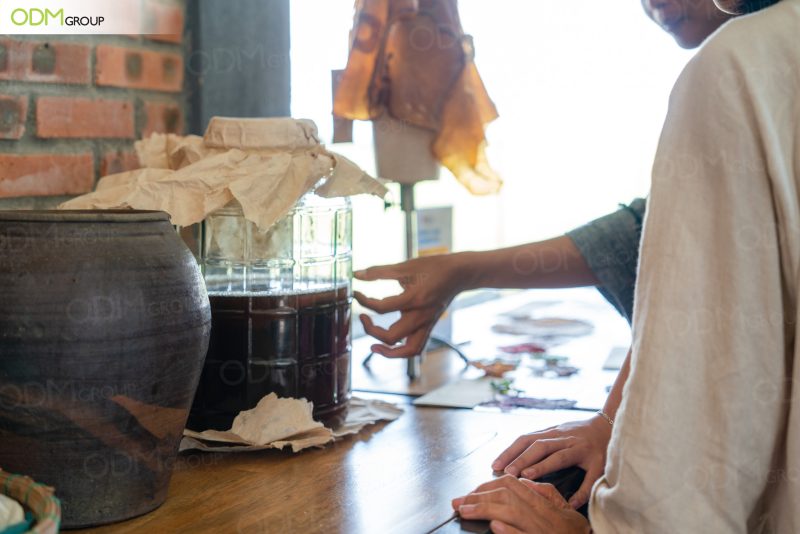
The competitive edge lies in Kombucha’s ability to address two major issues simultaneously—plastic pollution and food waste. By harnessing locally available ingredients like black tea, oolong tea, dragon fruit, mango, and banana, it not only offers a sustainable alternative but also supports local economies.
End goal of introducing Kombucha Leather:
The end goal is a future where sustainable materials dominate the market. By replacing fossil fuel-based textiles with Kombucha Leather, Material Futures aims to revolutionize industries, offering a viable and environmentally conscious choice for clothing, accessories, and food packaging.
Conclusion & Key Takeaways
In conclusion, Material Kombucha represents more than just a sustainable product; it embodies a commitment to a greener future. By joining RMIT Vietnam’s Material Futures group on this journey, we contribute to a world where innovation aligns with environmental responsibility. Key takeaways include the importance of community engagement, the versatility of Kombucha Leather, and the potential to revolutionise entire industries. Creating promotional products from Kombucha Leather for your brand is the new sustainable formula to tap on!
Kombucha is a sustainable material that offers valuable advertising advantages for revolutionising the plastic and leather industry. More importantly, you can transform them into any shape and form. Not only are they suitable for the packaging industry, but they also work great for other industries.
How about you? Would these Kombucha Leather promotional products augment your brand campaign?
If you are interested in creating custom kombucha leather products, please do not hesitate to contact our team. Send us a message to receive a detailed quote.
ODM Group is committed to contributing to a circular economy that allows the next generation to sustain themselves while meeting the marketing demands of today. Check more about our sustainable marketing ideas here:
Kombucha Leather FAQs
All you need to know about kombucha leather!
How is Kombucha Leather different from traditional leather?
Kombucha Leather is cruelty-free, eco-friendly, and produced without the environmental impact associated with traditional leather production.
Can Kombucha Leather be used for food packaging?
Yes, Kombucha Leather offers a sustainable alternative for food packaging, contributing to the reduction of plastic waste.
How can I get involved with Material Futures' mission?
Material Futures encourages community involvement through workshops, collaborations, and social media engagement.
